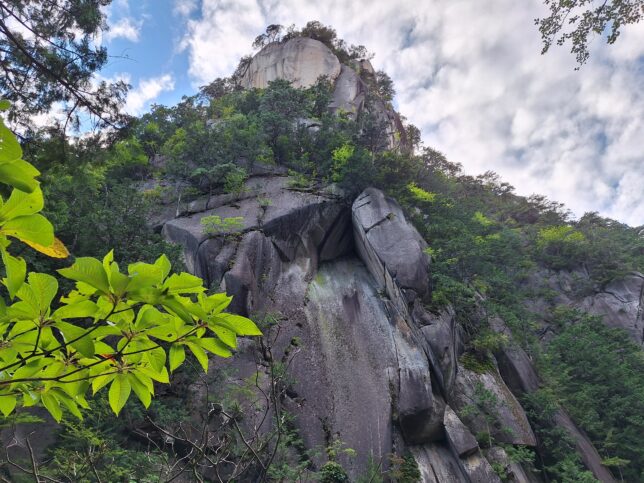
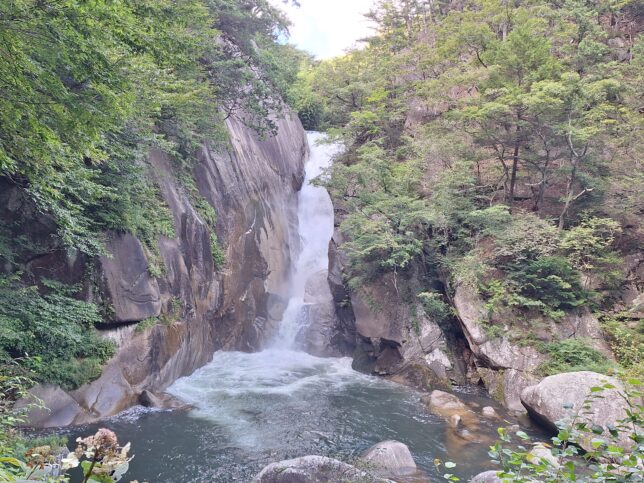
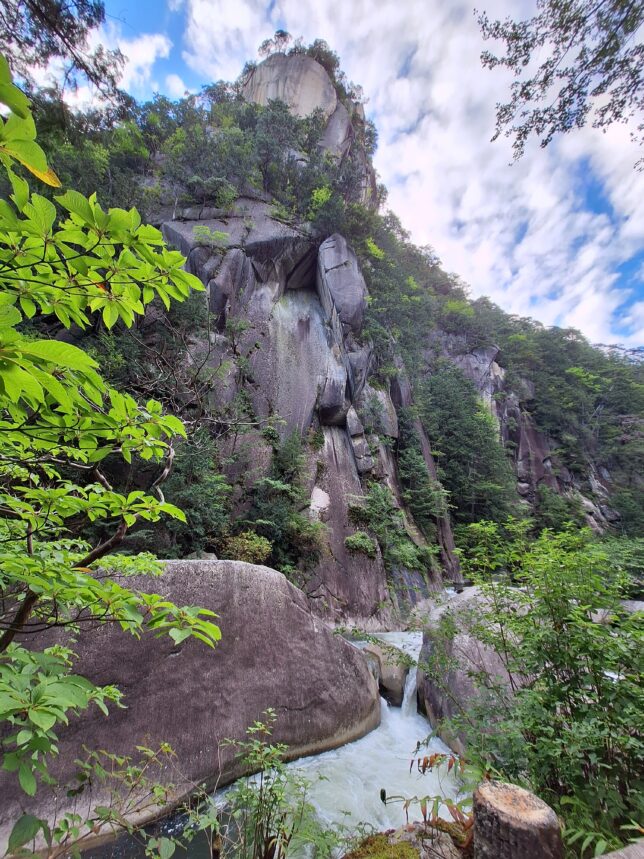
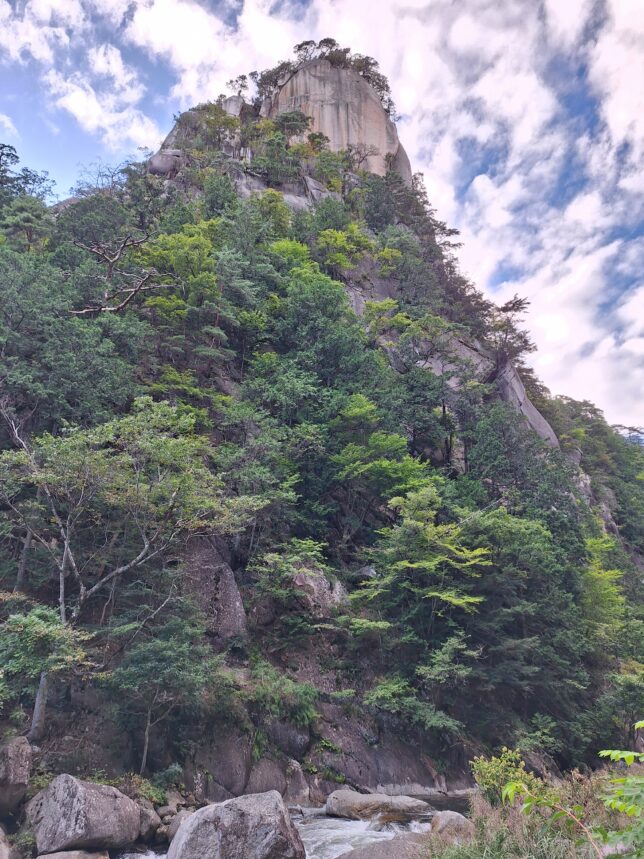
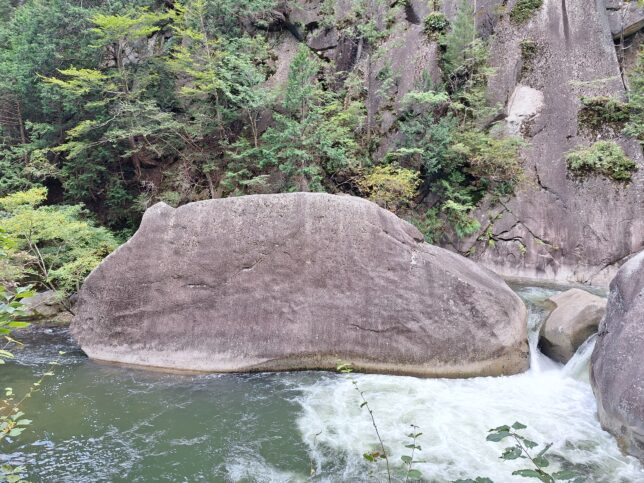
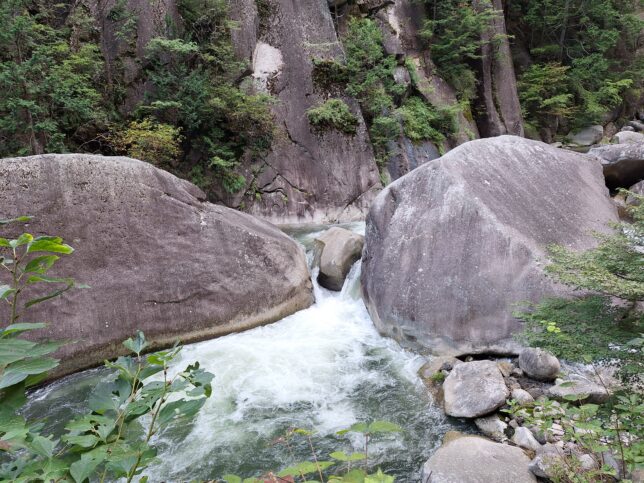
Kakuenpo Rock, Senga Falls and other rocky scenes of Shosen Gorge, Kofu, Yamanashi, 9/10/2024
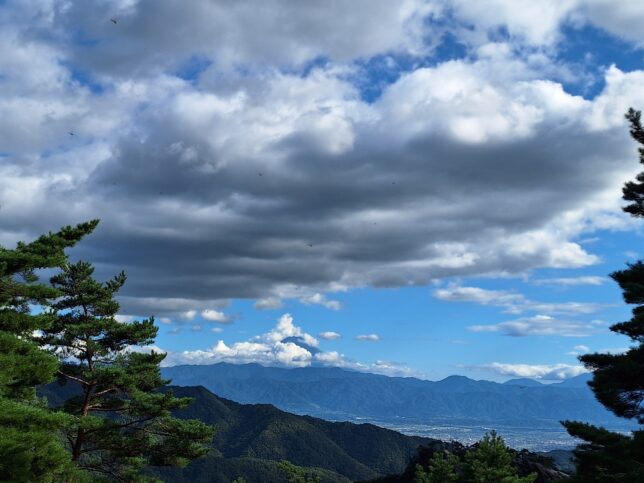
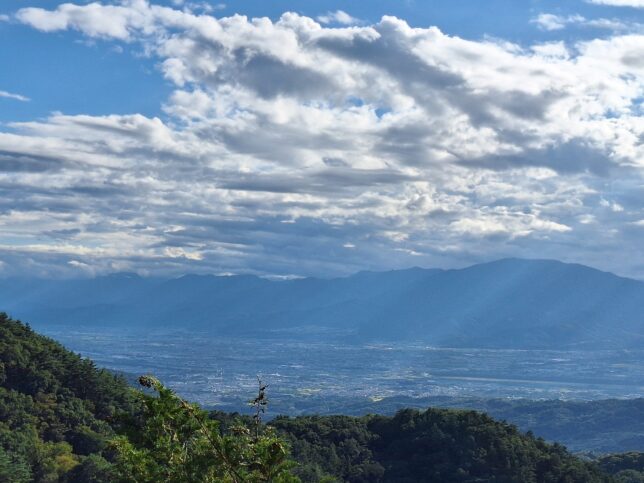
Top views from Mount Rakanji, after a Shosenkyo Aerial Tramway ride, Kofu, Yamanashi, 9/10/2024
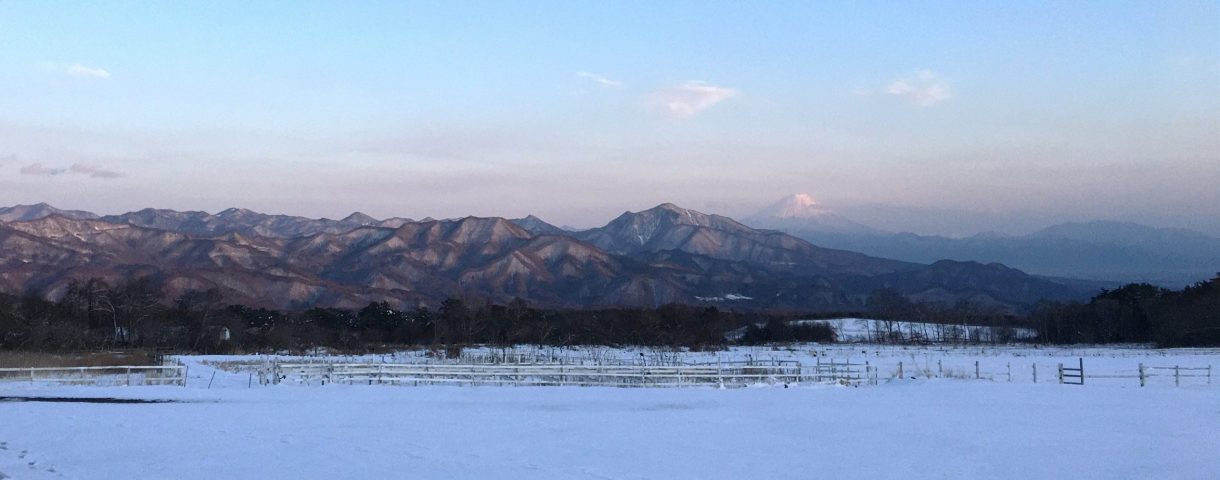
EXPERIENCE YAMANASHI AND MORE _ EXPLORE YOUR NEIGHBORHOOD
Etsuo Yamamoto _ Certified National Government Licensed Guide Interpreter






Kakuenpo Rock, Senga Falls and other rocky scenes of Shosen Gorge, Kofu, Yamanashi, 9/10/2024


Top views from Mount Rakanji, after a Shosenkyo Aerial Tramway ride, Kofu, Yamanashi, 9/10/2024
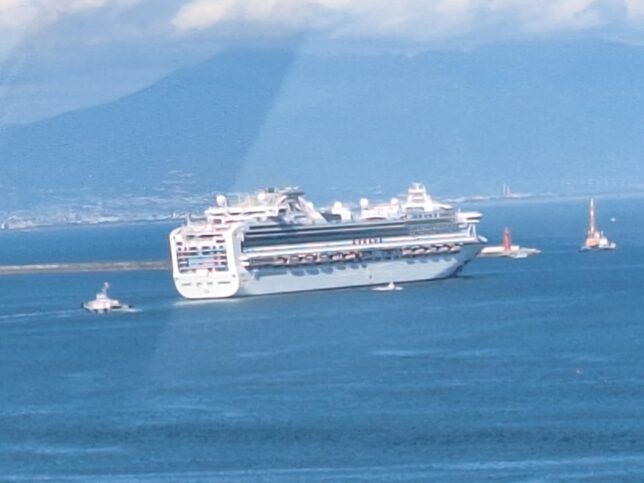
A cruise ship departing from the Shimizu Port, Shimizu-ward, Shizuoka-city, Shizuoka, 9/05/2024
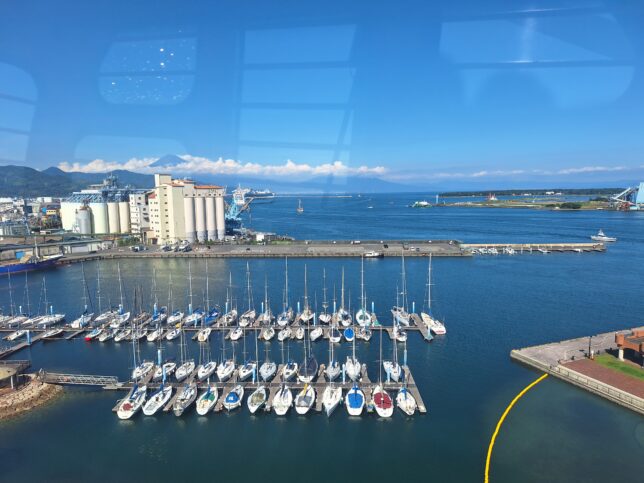
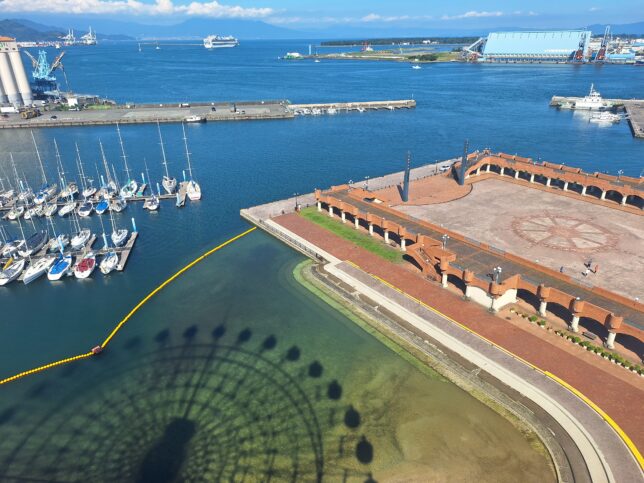
Views from the top of a Ferris wheel in the S-Pulse Dream Plaza, which is 52 meters high from the ground, the Shimizu Port, and a view of Mount Fuji far back, Shimizu-ward, Shizuoka-city, Shizuoka, 9/05/2024
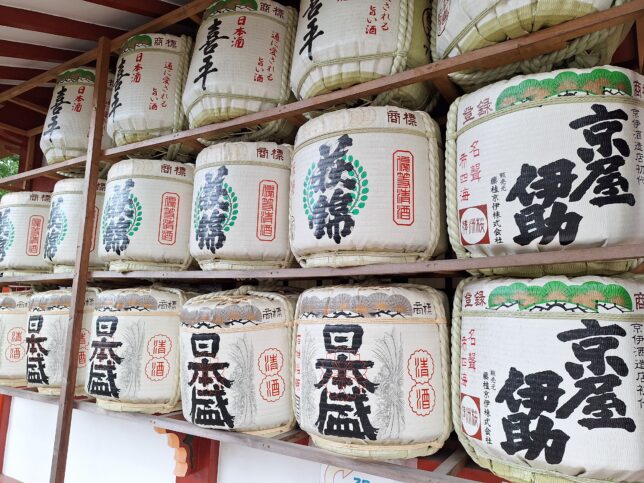
Offered Straw-Covered Sake Barrels, Shizuoka Sengen Shrine in the city of Shizuoka in Shizuoka Prefecture, 9/03/2024
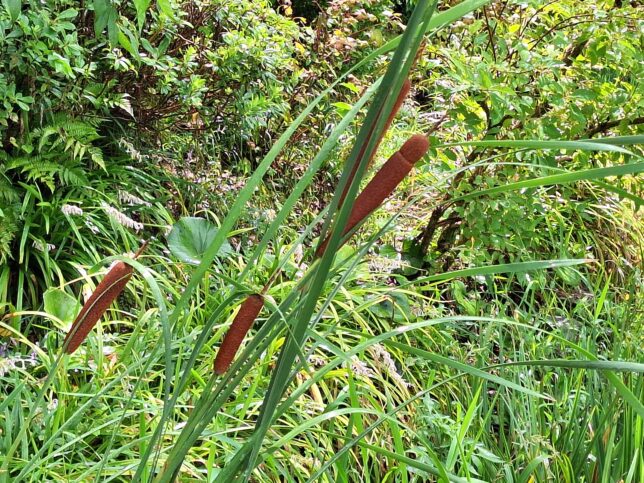
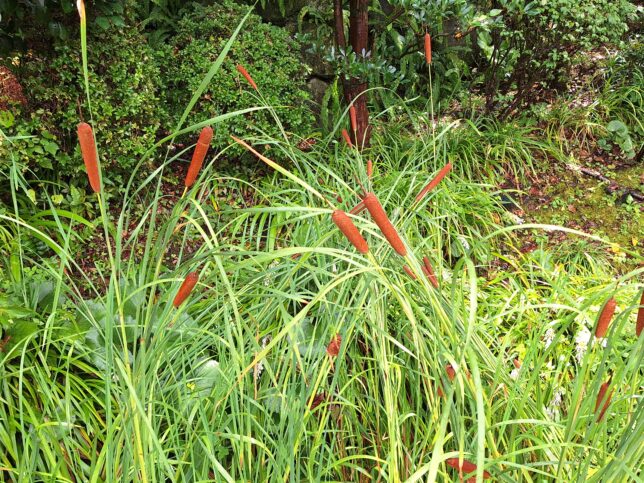
Bulrush (Typha latifolia), Maple Tree-Mountain Garden in Sunpu Castle Park, Shizuoka-city, Shizuoka, 9/03/2024
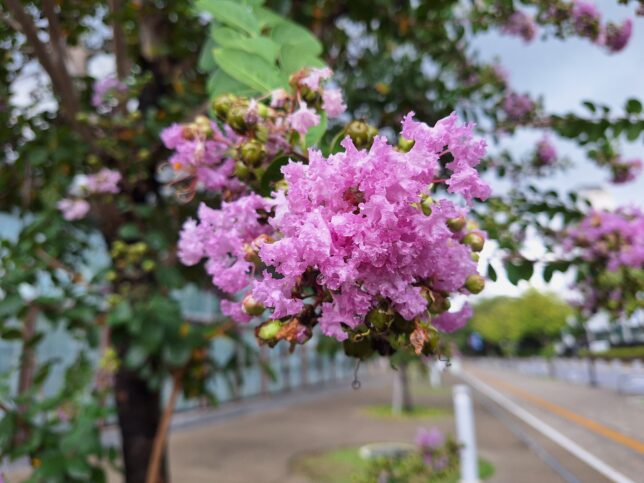

Crape myrtle (Lagerstroemia indica), Sunpu Castle Park, Shizuoka-city, Shizuoka, 9/03/2024
Autumn is just around the corner. Most insect sounds we hear at night are crickets (Grylloidea) and katydids (Tettigoniidae).
(https://drkilligans.com/blogs/insects/what-insects-make-noise-at-night)
(https://www.reconnectwithnature.org/news-events/the-buzz/sounds-of-the-night-nocturnal-chorus/)
Insect Sounds, Kofu, Yamanashi, 9/01/2024
https://whatsthiscloud.com/cloud-types/cumulonimbus
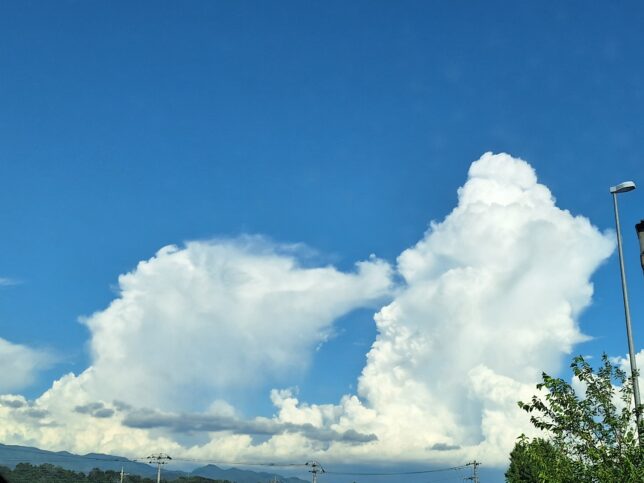
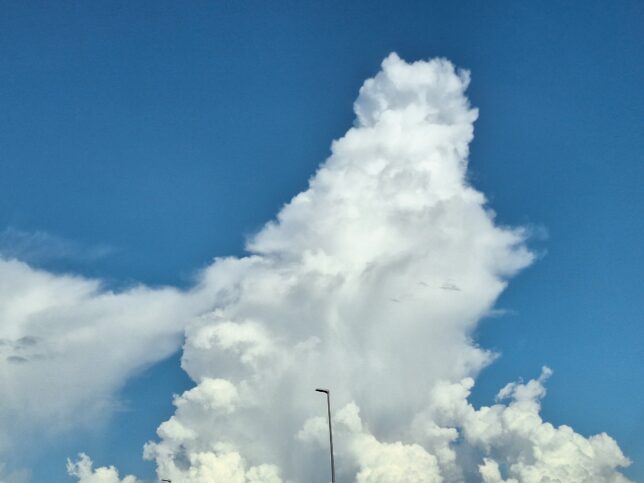
Cumulonimbus Clouds appeared in the city of Kai, Yamanashi Prefecture, 8/23/2024
Live jazz concert at Kobuchisawa Goddess of the Forest in the city of Hokuto, Yamanashi Prefecture.
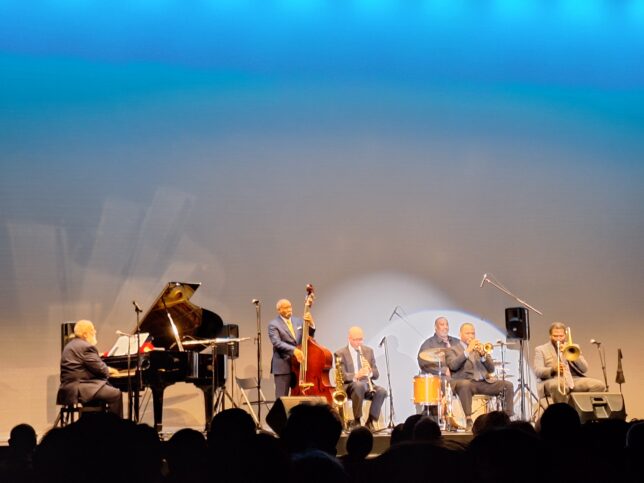
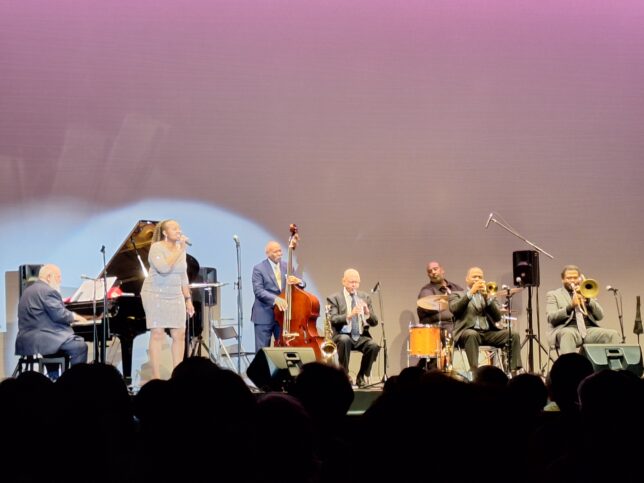
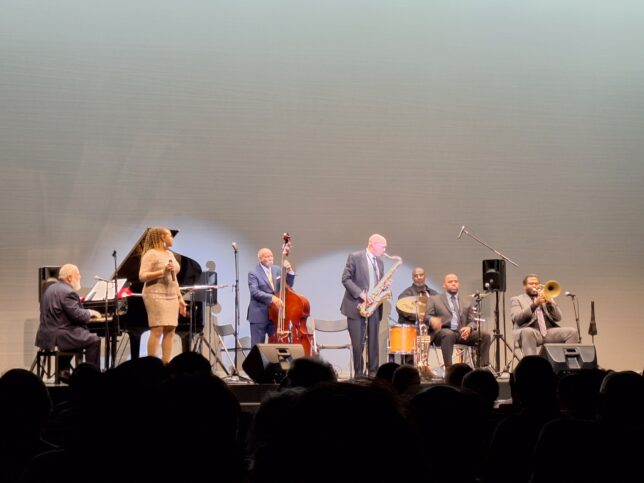
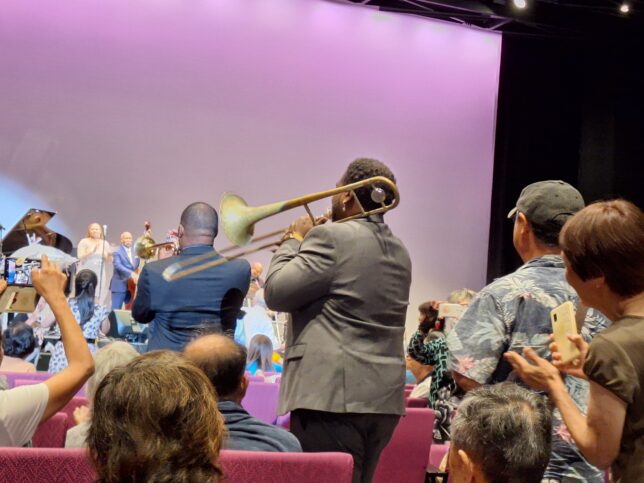
Thomas Fischer & New Orleans Jazz All Stars, Goddess of the Forest, Kobuchisawa, Hokuto, Yamanashi, 8/23/2024
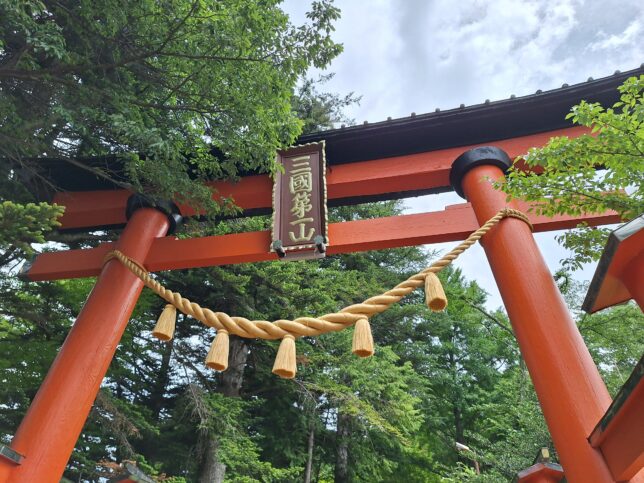

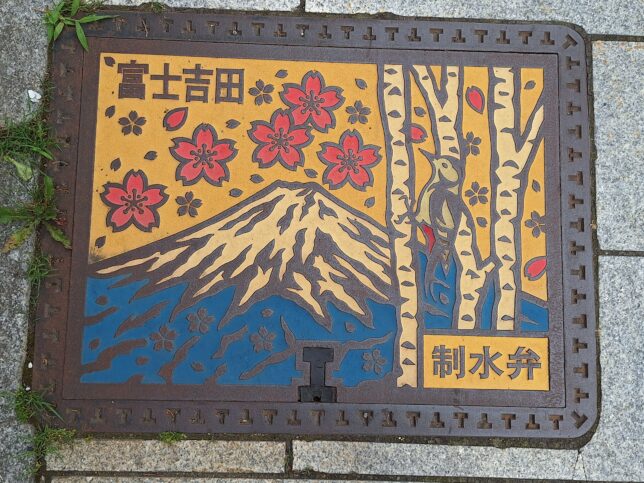
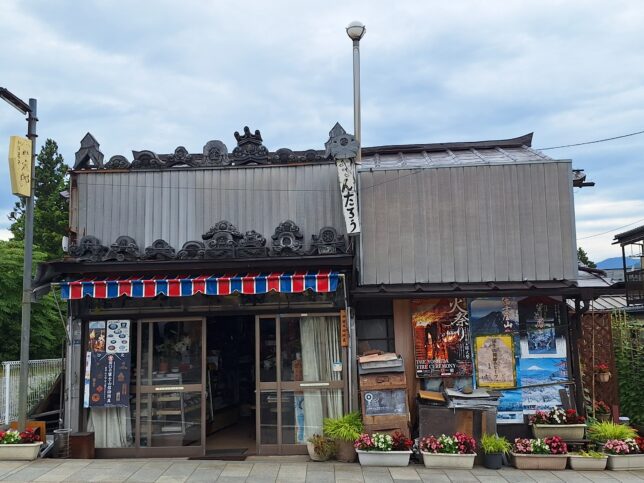
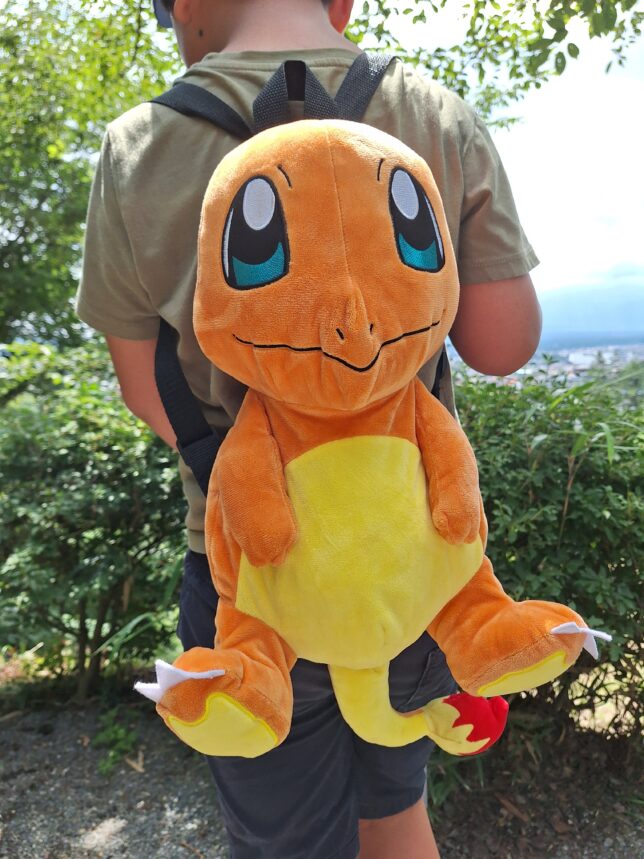
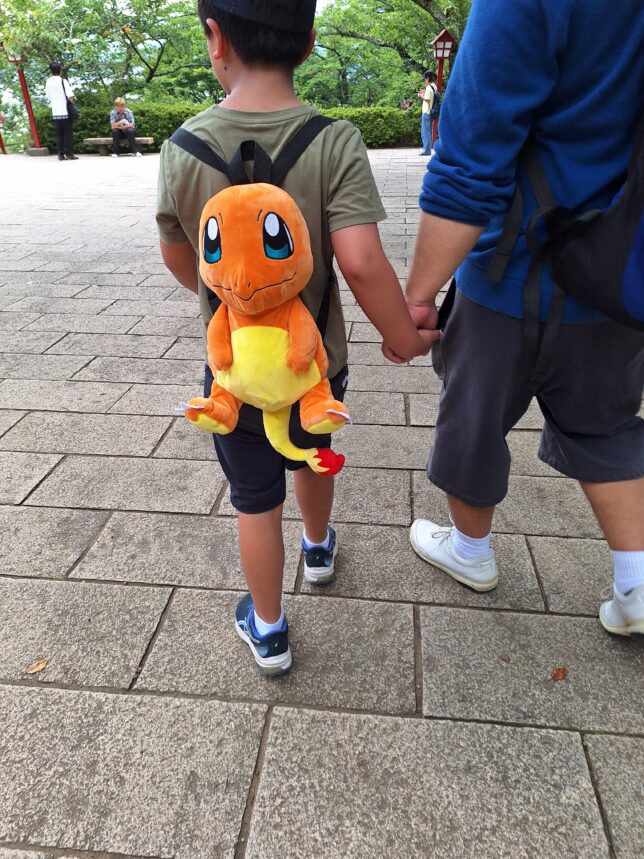
Torii Gate to Arakura Sengen Shrine and a sign for the stone stairs to Chureito Observation Deck; a cool Water Control Valve and an Old General Store in Shimoyoshida District; Visitors in Arakura Sengen Shrine and Chureito Observation Deck
Shiyoyoshida District in the city of Fujiyoshida, Yamanashi, 7/10 & 8/10/2024
Yoichi Okabe (percussion): https://okabeyoichi.com/, Benisuke Sakai (base): http://www.benisuke.com/index.html, Satoshi Kitamura (bandoneon): https://x.com/Tangoholic?ref_src=twsrc%5Egoogle%7Ctwcamp%5Eserp%7Ctwgr%5Eauthor, and Nobumasa Tanaka (piano): http://tnobumasa.com/index.html.
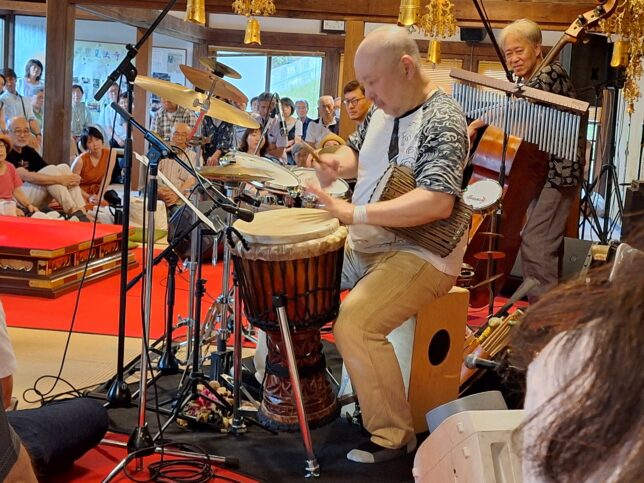
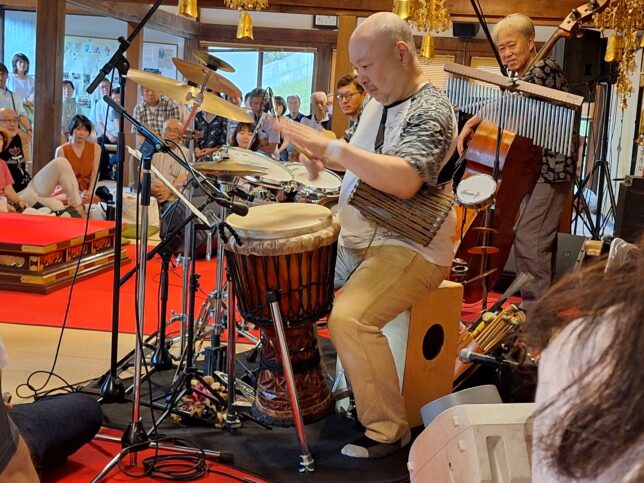
Kenpoji (Kenpo temple), Nagasakacho, Hokuto, Yamanashi, 7/06/2024
Lavender (Lavandul) plants grown in the sides of Lake Kawaguchi. https://en.wikipedia.org/wiki/Lavandula
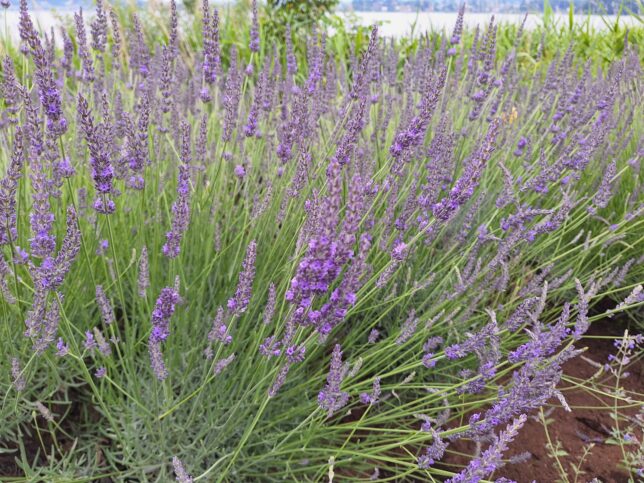
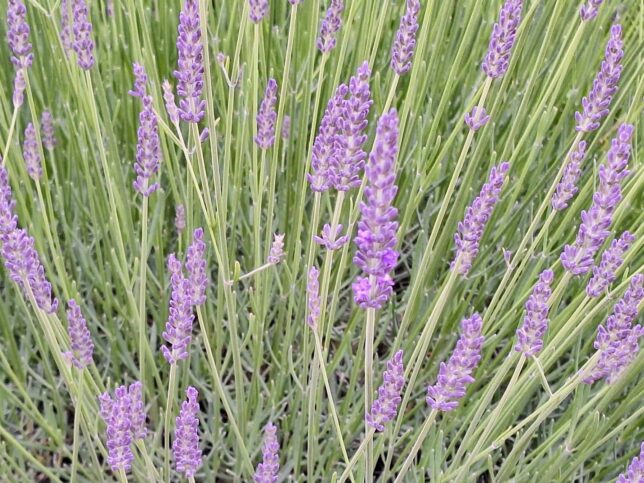
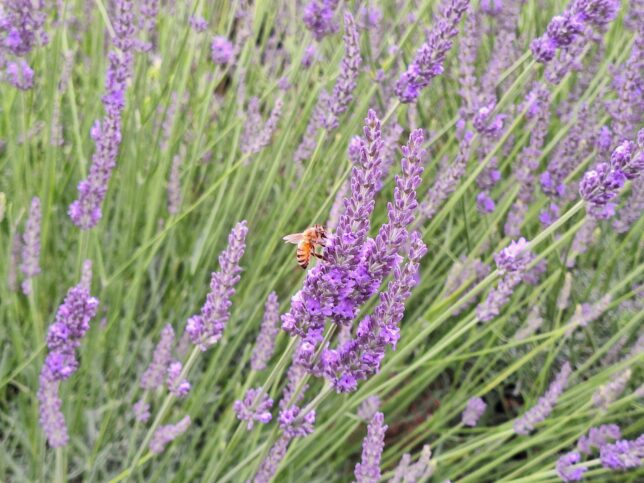
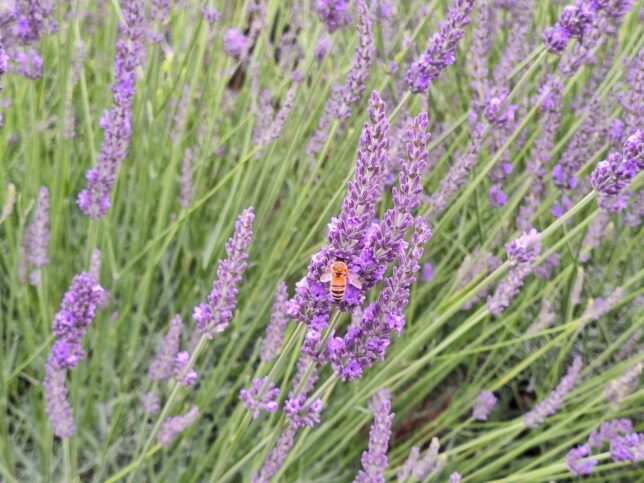
Lavender plants, Lake Kawaguchi, Kaguchiko, Yamanashi, 6/27/2024
The MELROSE featuring Akiko Nakamura
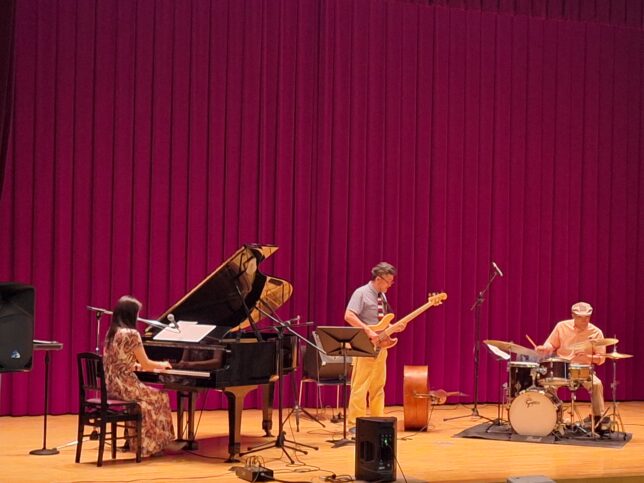
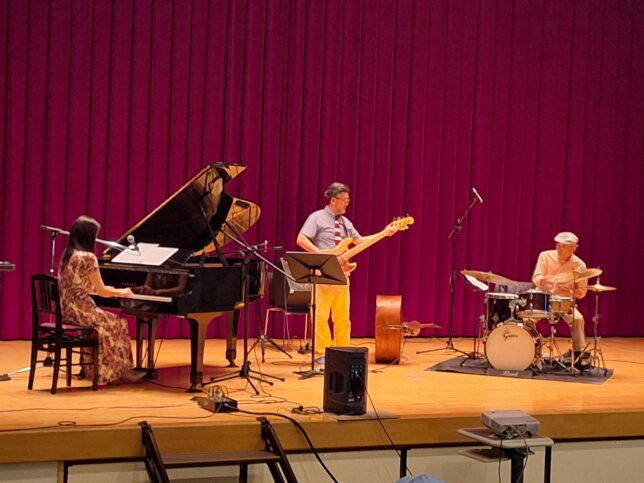
Kaikoma Center Seseragi, Mukawa, Hokuoto, Yamanashi, 6/23/2024